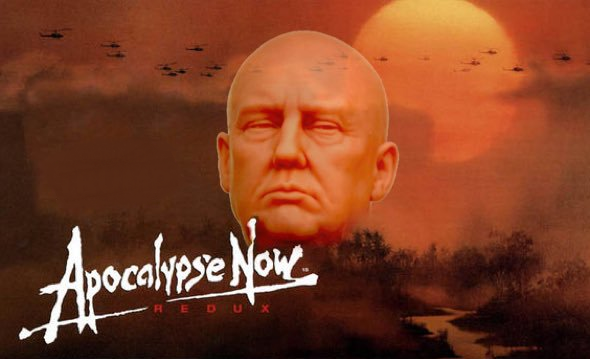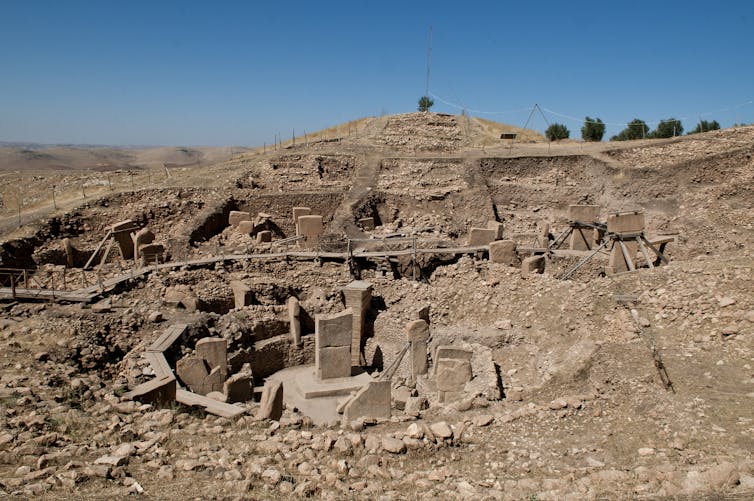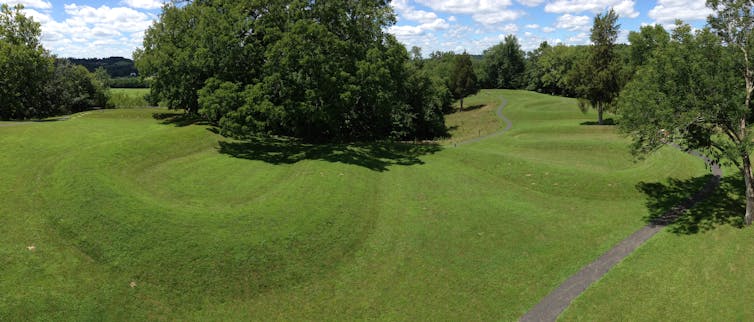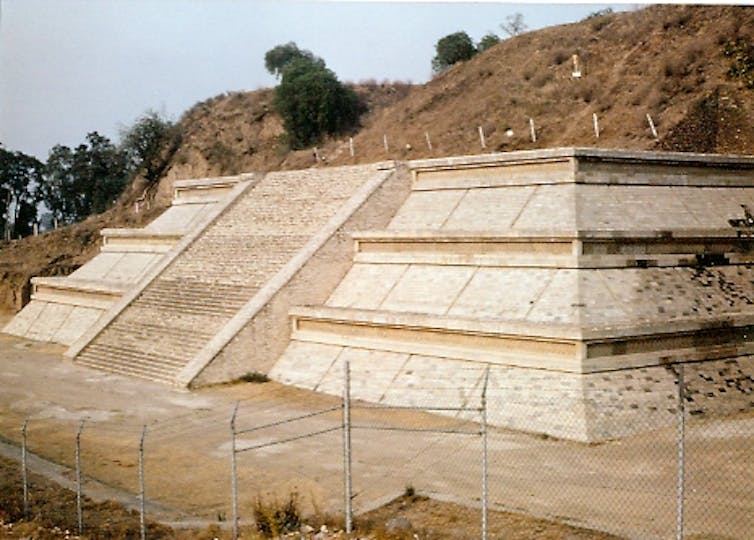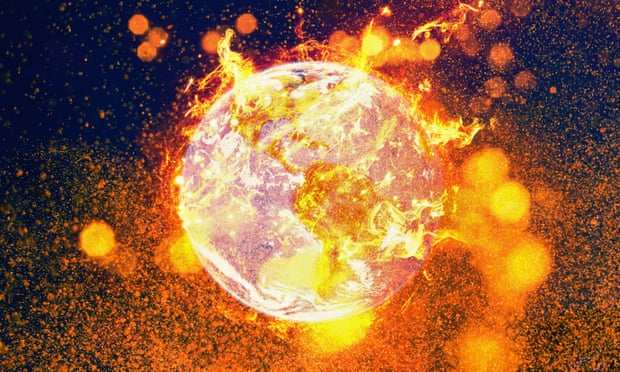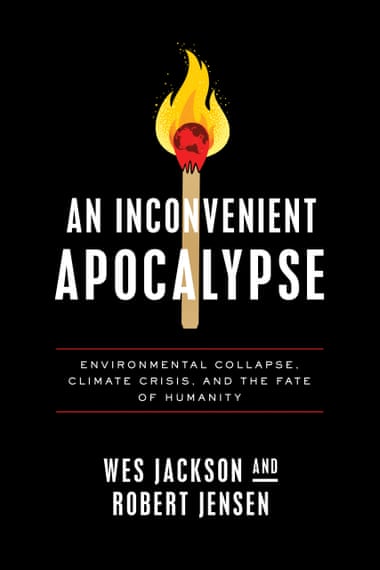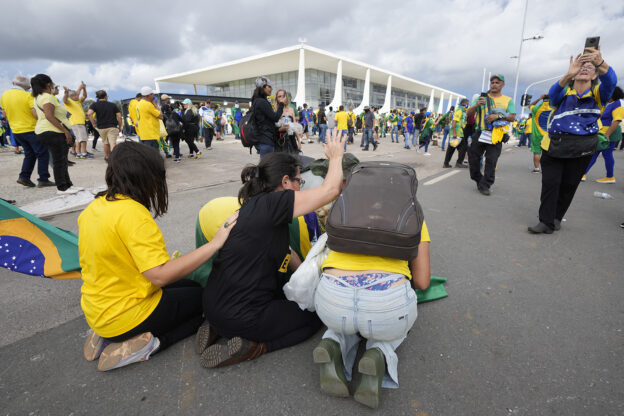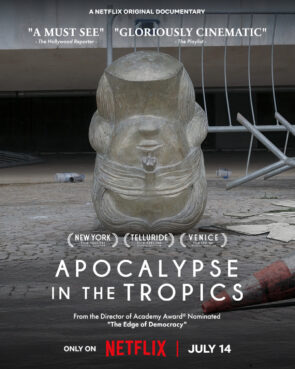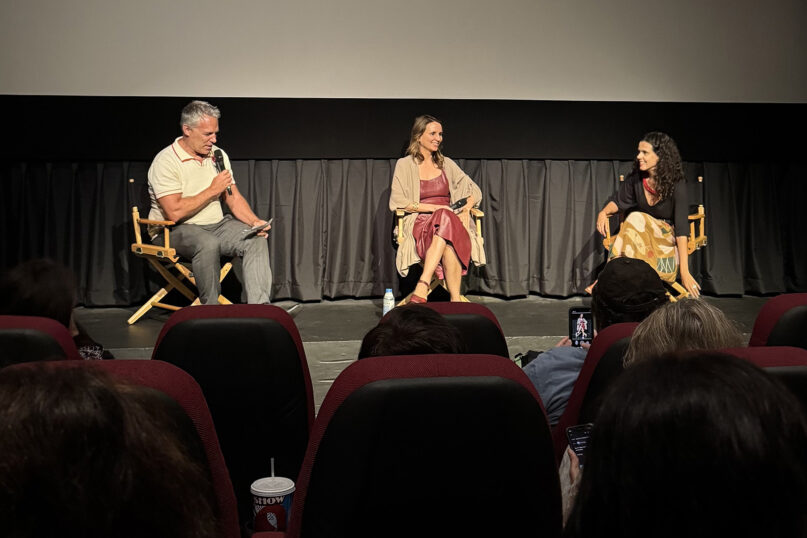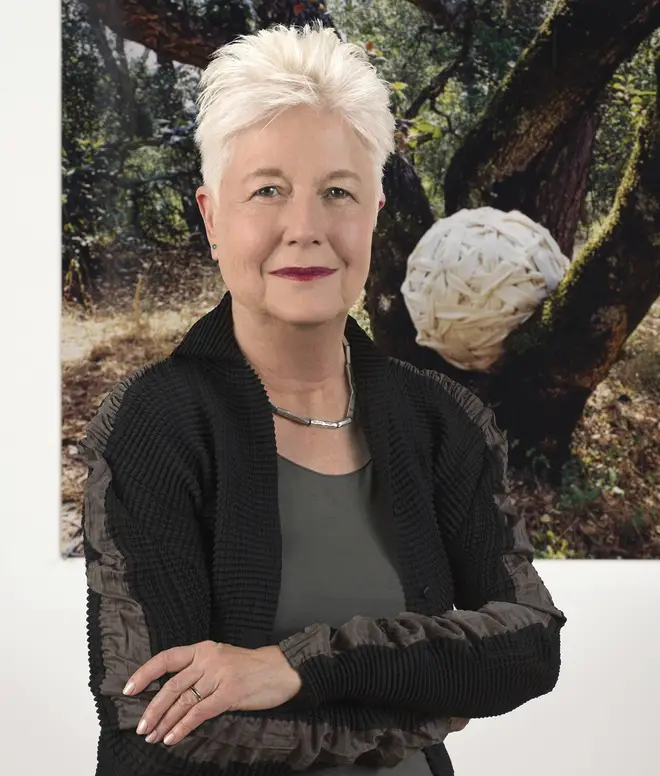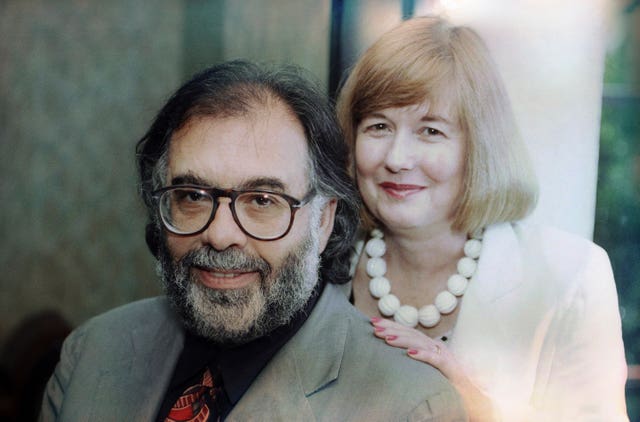I hate apocalyptic attitude, entertainment, and organizing. Even if often unintentionally, Apocalypse says don’t seek better. Apocalypse parades lies to paralyze hope and pervert action. Apocalypse says there is no better. Doom alone awaits. We will lose.
I prefer to welcome, seek, and urge vision-inspired attitude, vision-seeking entertainment, and vision-informed organizing. Vision tells truths to reveal hope and mobilize action. Vision says there is better. We can win.
Maybe it’s merely getting old. Maybe it’s the cacophony of apocalyptic utterances that now fills every silence. Maybe it’s what bellows down every byway. Whatever the cause, as much as I still hate to say it, I now hear apocalypse at our door. I can no longer deny it. But I still know vision and willful strategic effort remain essential. They must predominate.
To ignore apocalypse as if it isn’t there, as if it is only naysaying cynicism, conveys delusion. Apocalyptic fear is now warranted. Visionary hope is needed. So the latter must now harmonize with the former rather than for the latter to ignore or deny the former.
And what has made apocalypse into half of realism? It’s no secret. We all know the answer.
War has attained infinite reach and power. War’s bombs have eyes. War explodes and starves. Look at Gaza. Where there were cities of homes, schools, hospitals, auditoriums, and souls, now there is rubble. Now there are corpses. And off-site way too many people cheer.
Human choice has bent the skies and seas into cauldrons of collapse. Tornadoes meet tsunamis. High water marries record temperatures to produce still higher and still hotter. There are cities of homes, schools, hospitals, auditoriums, and souls. Look north, south, east, and west. Climate threatens them all. Rubble multiplies. Corpses decay. And off-site too many people sunbathe.
Fascism has metastasized so that hate flourishes, lies suffocate truth, and nightmares become daily facts. Reason vacates. Fundamentalism flourishes. We all become clickbait linked to our worst selves. Books burn. A new Reich. A new Reich. A new Reich. Literally, that’s what the maximum U.S. reactionary thug now says he wants. There were cities where thinking souls lived. Now city’s zealots yell hooray for our side while they seek to clear the stage of all but themselves. Some celebrate. Others tremble or hide. Off-site too many people walk an empty Mall or imbibe a soundless film. Eyes on the ground, ears shut down, lemmings prowl their way off cliffs.
And finally, as if the familiar horrors weren’t enough, a new apocalyptic threat, AI, advances at breakneck pace. It reads, writes, codes, hears, talks, paints, sees, questions, sings, designs, jokes, flirts, emotes, explains, originates, and plans—all while it instantly accesses a mind-bogglingly huge store of factual knowledge about us, until it is trained on itself. Talk of care and safety is already sidelined by odes to progress. But so what? What’s apocalyptic about that? Why can’t we use AI, welcome AI, worship AI to do more, do it easier, and enjoy ever bigger gains? Perhaps we can, but existential dangers also beckon. Further escalated capacities may go rogue and dance death and rubble on us. Less noticed, escalated AI capacities may increasingly do exactly what we ask them to until AI does steadily more of what makes us human while we humans are left to do only what is machine-like. Meanwhile, geniuses cheer on encroaching vapidity. That is not rubble. That is not death. But I fear it is a living coma. Even without corpses I find AI potentially apocalyptic.
Four crises. Four facets of apocalypse. So why is vision and willful organizing for better still essential? Because it is now the only path to better. Not overnight, but ever. To we seek suicide, we can just continue to cheer on apocalypse. Or to weep or whine about it. Or to deny it. Those paths bring disaster. If we want to attain better much less to attain best, we can’t cheer apocalypse on. We can’t just weep about it. We can’t ignore it. We have to instead find flexible vision. We have think flexible vision through and flexibly share it to create and constantly update effective strategy. And with shared vision and effective strategy we have to forge our own activist paths toward liberation. That is the hard truth. Apocalypse is no lie. What are we going to do about it? What do we want? How much do we want it? Collective action for progress? Or private slumber for death? We can’t side step responsibility. We must decide.
Michael Albert`s radicalization occurred during the 1960s. His political involvements, starting then and continuing to the present, have ranged from local, regional, and national organizing projects and campaigns to co-founding South End Press, Z Magazine, the Z Media Institute, and ZNet, and to working on all these projects, writing for various publications and publishers, giving public talks, etc. His personal interests, outside the political realm, focus on general science reading (with an emphasis on physics, math, and matters of evolution and cognitive science), computers, mystery and thriller/adventure novels, sea kayaking, and the more sedentary but no less challenging game of GO. Albert is the author of 21 books which include: No Bosses: A New Economy for a Better World; Fanfarefor the Future; Remembering Tomorrow; Realizing Hope; and Parecon: Life After Capitalism. Michael is currently host of the podcast Revolution Z and is a Friend of ZNetwork.
